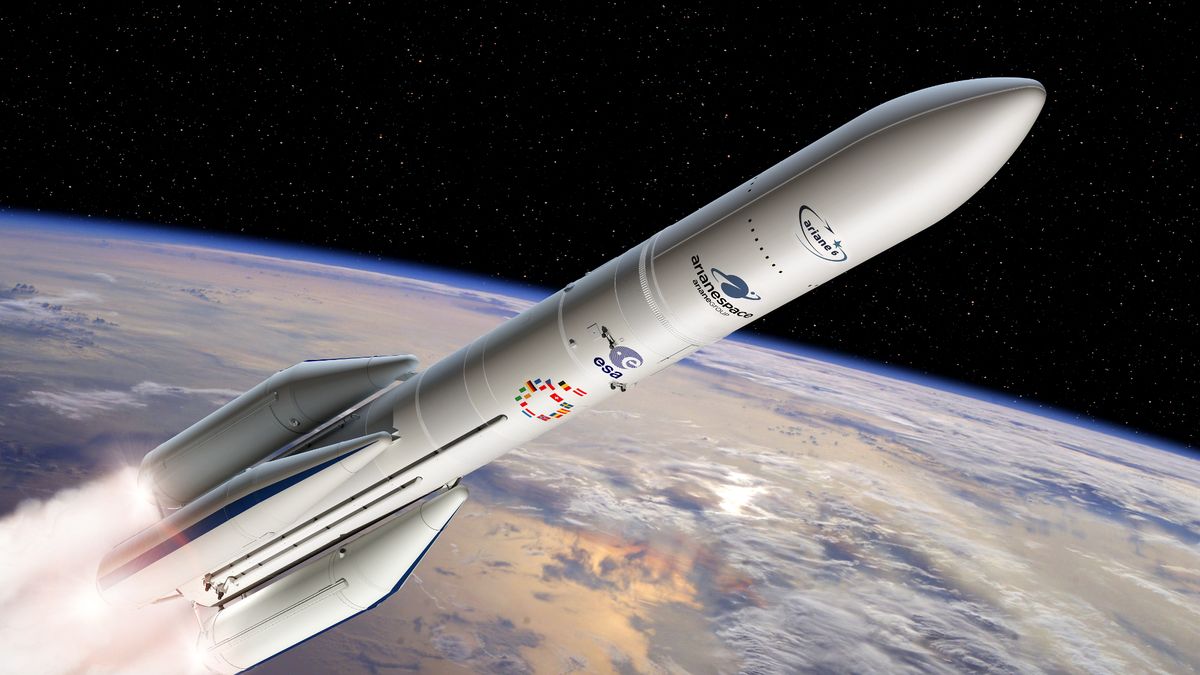The last total solar eclipse for decades that’s taking place on April 8 may also dazzle spectators with a unique “ring” due to fiery eruptions and explosions emitting from the sun, according to predictions by a solar physicist and a space weather forecaster.
Next month’s total solar eclipse will occur over the course of a few hours, with the path of totality spreading across more than a dozen states.
During totality, the moment when the moon completely blocks the view of the sun, bursts of plasma may be seen erupting from the sun, solar physicists say, noting that dark pink-hued loops, called “prominences,” might be part of the visible activity.
A total solar eclipse is a rare astronomical event where the skies momentarily darken during daylight hours due to the moon blocking the sun’s path of light toward Earth. While a total solar eclipse in the U.S. took place in 2017, the upcoming one in April is particularly special given that the next total eclipse won’t happen for another 20 years, until August 2044.
Next month’s eclipse is also expected to be even more unique because it coincides with the peak of a solar maximum, a period when the sun is extremely active, according to forecasters with NASA and the U.S. National Center for Atmospheric Research (NCAR).
The sun’s activity levels ebb and flow over 11-year cycles and the peak of a solar maximum is happening this year, leading to an uptick in fascinating space weather, Space Weather Prediction Center Project Manager Bryan Brasher previously told Newsweek. During a solar maximum, the sun more frequently spews coronal mass ejections (CME), which are massive expulsions of magnetized plasma from the sun’s outer atmosphere, called the corona, Brasher said. These CMEs cause a spike in geomagnetic storms and solar flares as well as “generate spectacular auroras,” he said.
Getty
On April 8, the eclipse’s path of totality will start in Mexico and span across Texas, Oklahoma, Arkansas, Missouri, Illinois, Indiana, Ohio, New York, Pennsylvania, Vermont, New Hampshire and Maine before heading over the North Atlantic. Dallas and Cleveland were listed as some of the top locations to view the eclipse—weather permitting, according to NASA.
The period of totality varies by location and will last between two and four-and-a-half minutes, NASA calculations show.
Spectators may be able to view some of the sun’s heightened activity, such as a solar flare or CME, during totality, Scott McIntosh, a solar physicist with NCAR, told Newsweek in an email. That activity, described as “explosions” or “eruptions” from the sun’s surface, is not usually visible without instruments due to the sun’s brightness.
The solar physicist said next month’s celestial event will be a memorable experience because of the increased solar activity.
When asked what eclipse spectators in the path of totality can expect to see next month, McIntosh described it as an “audio-visual experience. “
“The corona shimmers in many colors that blend,” he said. “There is the awe of the crowd and the silence of the animals as day turns into twilight and back again. It’s an otherworldly experience. The plasma that you are seeing at totality is a million times fainter than the disk of the sun and why you need the moon to block out the disk so we can see the ghostly corona. It’s an amazing geometric coincidence that we get eclipses.”
He added that while there is a “greatly increased likelihood that a coronal mass ejection could go off during totality,” the chances of the activity being viewable from one location during the few minutes of totality are slim. However, McIntosh said one thing to keep an eye out for is the shape of the sun’s corona, which he said could look “pretty spikey” due to the solar activity. He said the sun may resemble “an angry hedgehog.”
McIntosh said that while he advises wearing eye protection “up to and after totality,” he said taking the glasses off during totality can help spectators in the path get a better view of the iconic glowing “orb.” People watching from outside the path are advised to keep eye protection on.
Uncommon Knowledge
Newsweek is committed to challenging conventional wisdom and finding connections in the search for common ground.
Newsweek is committed to challenging conventional wisdom and finding connections in the search for common ground.

Dr. Sarah Adams is a scientist and science communicator who makes complex topics accessible to all. Her articles explore breakthroughs in various scientific disciplines, from space exploration to cutting-edge research.








